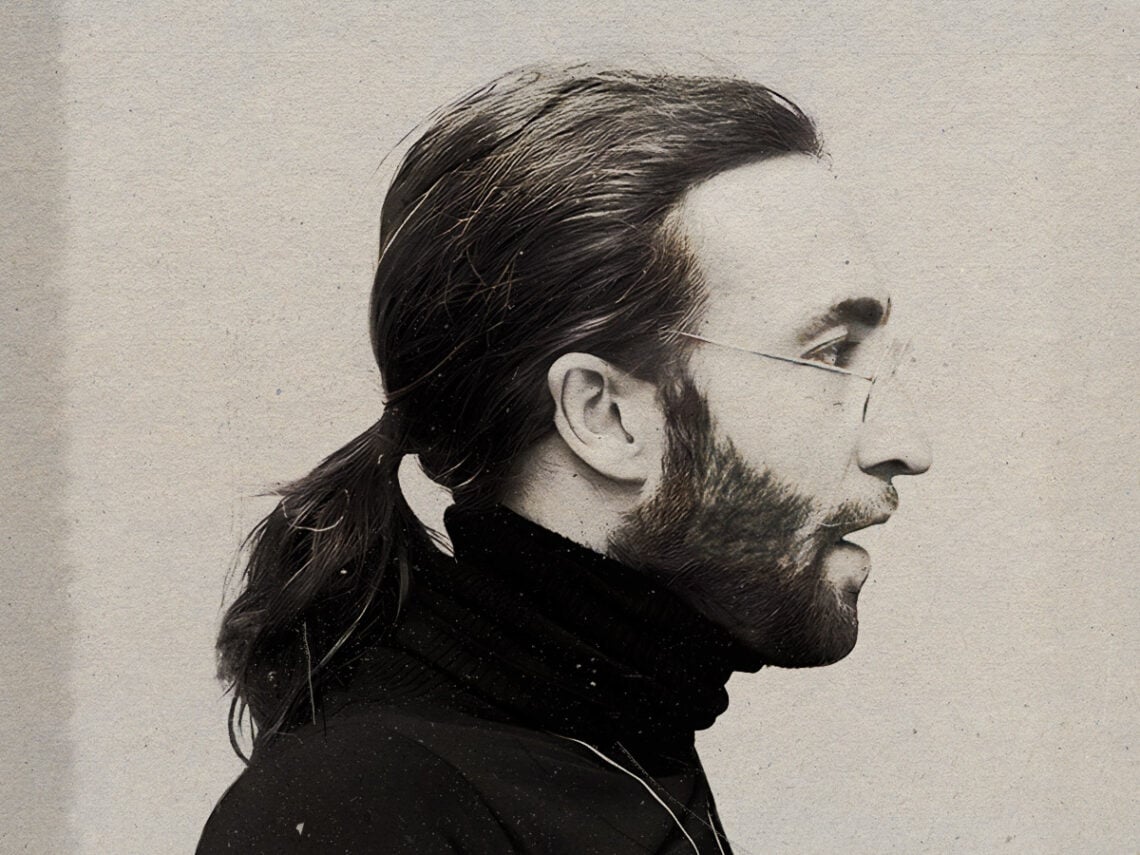Symbolism is the lifeblood of music, just as it is in art and poetry. Crafting symbolic imagery allows artists to access deeper levels of connection, weaving together experiences, emotions, and thoughts through an abstract lens. Masters of this craft, like Paul McCartney, don’t just seek out these symbolic states—they live and breathe them effortlessly.
Many of The Beatles’ ideas were born out of dreams, heightened states during LSD trips, or moments of deep meditation. While their songs and lyrics were primarily inspired by certain people, experiences, or fleeting moments, they often found that sounds, words, and narratives would come together unexpectedly, almost as if by chance.
For instance, one evening, while lying beside his wife, John Lennon pieced together ‘Across the Universe’. Alongside a series of words stirring around his mind, his experience was akin to something “cosmic” as he navigated the purpose of the universe and the natural resignation of going along with its plan. What started as frustration quickly became a part of something bigger.
However, ‘Across the Universe’ wasn’t just an exercise in Lennon’s ability to both embody and parallel nature’s desires; it was merely one example of the band’s ability to dream up timeless soundscapes with what seems like little effort. Moreover, this wasn’t just a singular aspect of their approaches to music in its most basic form; it demonstrated their ability to switch to the varying dynamics of art creation, even during life’s more mundane moments.
McCartney, like the others, may have written songs about drug use on more than one occasion, but the songs that reflected his relationship with substance were also incredibly telling about his talent as a visionary. ‘Fixing A Hole’ could be regarded as an LSD love letter akin to the “ode to pot”, ‘Got To Get You Into My Life’, but it simultaneously gave a glimpse into the visceral power of McCartney’s mind.
“Around that time, when I closed my eyes, instead of there being blackness there was a little blue hole,” he once recalled. Noting the intrigue he felt at such a vision, he also said it wasn’t something he felt intimidated by but instead presented itself “as if something needed patching.”
He explained: “I always had the feeling that if I could go up to it and look through, there would be an answer.”
McCartney was living alone at the time, and many of his creative moments likely felt like they were executed in solitude. For the most part, this probably felt refreshing—he had the true power of what he explored and how—even though it was a little isolating. More than the “metaphysical idea of a hole”, McCartney explained, the little blue hole was a familiar reminder of both good and bad.
“[I was] enjoying my freedom and my new house and the salon-ness of it all. It’s pretty much my song, as I recall. I like the double meaning of ‘If I’m wrong I’m right where I belong,’” McCartney explained. He also said, “I still see it occasionally, and I know exactly what it is. I know exactly what size it is.”
In a way, the blue hole likely also served as a reminder of the duality in life—the joy and pain, the highs and lows—that he was experiencing during that time.



